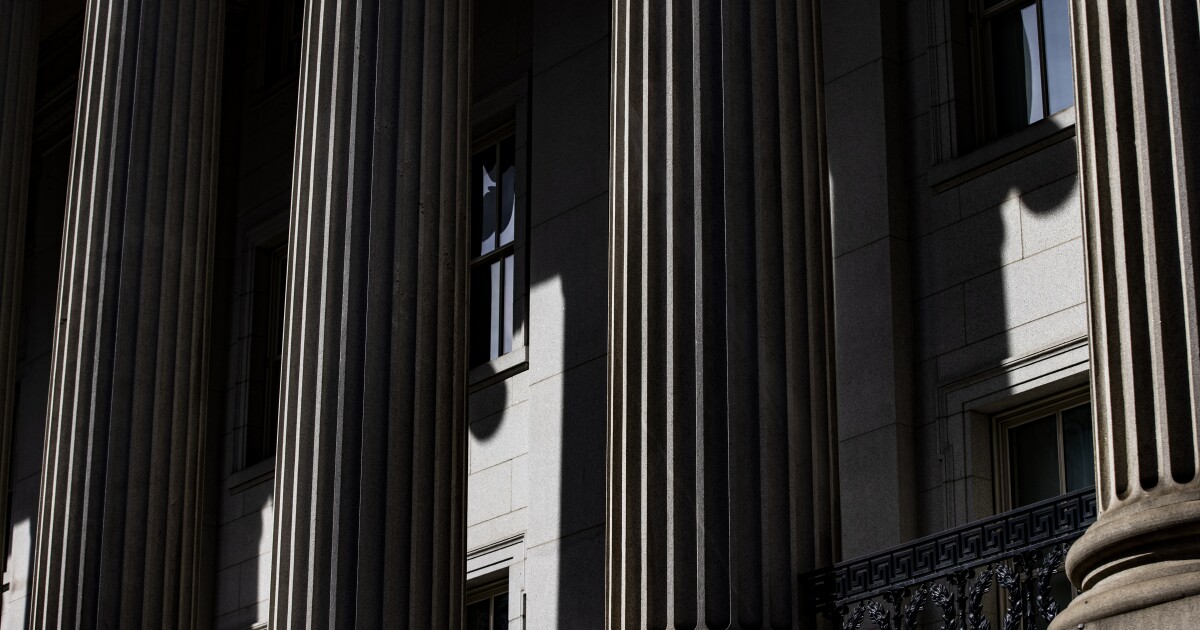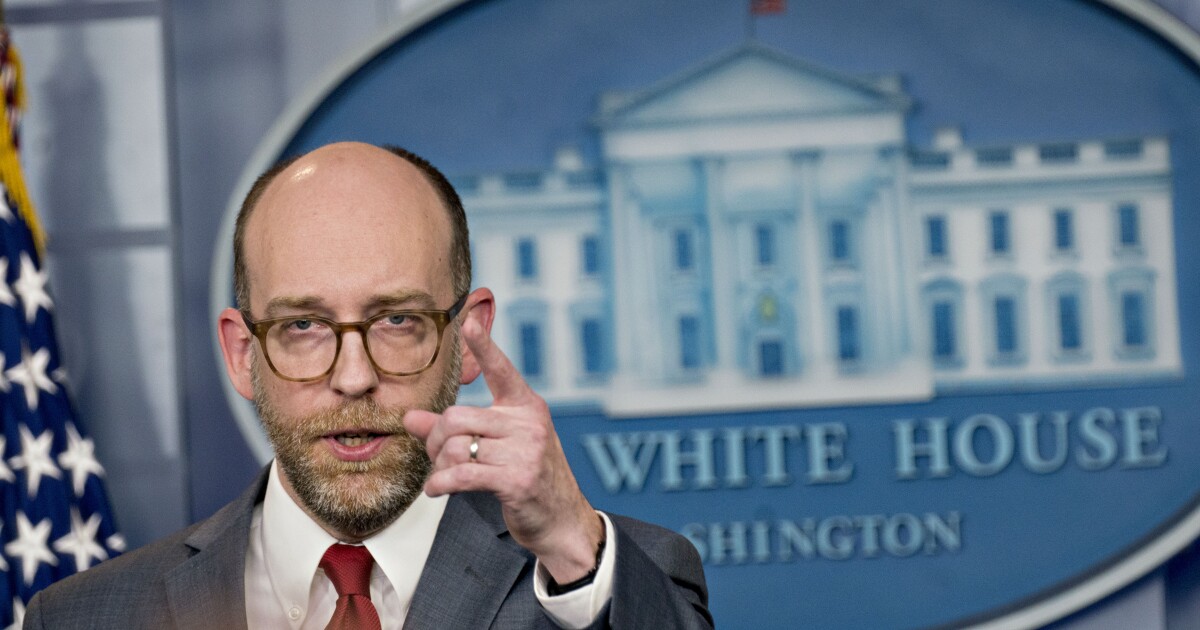
Just as bond traders grow more assured that inflation is finally under control, a camp of investors is quietly building up protection against the risk of a future spike in prices.
These fund managers are amassing positions that would cushion fixed-income returns in the event of an inflation shock. Wall Street strategists are also recommending taking advantage of declines in market-based gauges of future inflation to build up protection on the cheap.
It's not a consensus trade. After all, a growing batch of data, including benign inflation readings out of the
"We think fear of recession is overdone, but that inflation risks are possibly underpriced at current yield levels," said John Bilton, head of multi-asset strategy at J.P. Morgan Asset Management. Bilton said he remains "broadly neutral" on duration, or exposure to interest-rate risk, given that there are "a handful of forces that could push inflation higher."
While price growth has eased markedly from Covid-era highs, the path lower has been bumpy, and inflation in some areas has proved tenacious. The U.S. economy remains resilient, as seen by strong retail sales figures for July, while an array of threats from U.S.-China trade tensions and shipping disruptions to heavy public spending and turmoil in the Middle East only add to inflation risks.
For all these reasons, some investors see the need for insurance.
"If inflation proves to be stickier or goes up again, that could derail your portfolio if you've got exposure to duration," said Marie-Anne Allier, who runs a €5.6 billion ($6.2 billion) fixed-income portfolio at Carmignac.
Allier thinks the market has grown overly optimistic about the inflation outlook. As an offset, she has implemented hedges via three- and five-year derivatives tied to euro and U.S. inflation, as well as three-year Spanish inflation-linked bonds.
Central bankers around the world are also stressing the need for vigilance, even as they
"The focus from central banks was very much on inflation the last two or three years, now they're going to pivot and focus a little bit more on the labor market," said Neil Sutherland, portfolio manager at Schroder Investment Management. "I'm not saying that the war on inflation is over," he added, but "they've done a pretty good job on that front."
Still, many investors think inflation gauges have fallen too far. Take the U.S. five-year breakeven rate, the difference between inflation-linked and nominal yields of similar maturities and a proxy for the average rate of price rises over the period. It fell sharply in recent weeks as recession fears flared and is now trading around 2% for the first time since the start of 2021.
A near-term crunch point could come soon after
Gareth Hill, a fund manager at Royal London Asset Management Ltd., has been adding U.S. inflation exposure to his portfolios via five-year breakevens — essentially a bet that Treasury Inflation-Protected Securities will outperform five-year nominal bonds. Election aside, Hill still sees value in the trade, arguing that "the last mile in the battle against inflation is the hardest one."
Outside the U.S., price data from many developed countries is still proving tough to quell. Australia recently all but ruled out a rate cut in the next six months with inflation still at 3.8%, while euro-area inflation unexpectedly
Even Japan, which finally emerged from decades of deflation, is worrying investors. Roger Hallam, global head of rates at Vanguard, says the firm is cautious both on Japanese bonds and gilts in the UK — where core inflation is still at 3.3%.
Higher Forever
Longer term, structural shifts in the global economy to address challenges like climate change and aging populations, as well as rising government deficits, mean that inflation — and interest rates — may settle into a higher range.
Amelie Derambure, a portfolio manager at Amundi SA, is already positioning for that outlook via long-dated TIPS.
"The market is right to play on the disinflation momentum in the short term," she said. "It's more the medium to long term that is heavily questionable."
Citigroup Inc. recently initiated a long in U.S. 10-year breakevens just above 2.10%, around where they were on Friday. The strategists expect longer-term inflation expectations to rise as the Fed starts easing.
For many, inflation isn't the thing to worry about now. Eva Sun-Wai at M&G Investments for instance, says that with U.S. core goods prices possibly already in deflation, there's a greater risk central banks keep policy tight for too long.
Others see longer-term inflation as a risk, but warn against buying hedges prematurely given they could cheapen further. Erik Weisman, chief economist and a portfolio manager at MFS Investment Management, reckons U.S. breakevens could narrow as much as 100 basis points if a so-called hard landing materializes.
It's a risk also flagged by Martin van Vliet, a global macro fixed income strategist at Robeco. He's considering closing a trade that's profited from the decline in the 30-year euro inflation swap from around 2.80% last September to 2.30% now.
There's also a latent vein of scepticism over just how much protection inflation-linked bonds really offer after the notes suffered heavy losses as prices soared in 2022.
But Fidelity International's Tim Foster says the securities have proved their long-term worth. He points to data that shows TIPS across one to 10-year maturities have outperformed their nominal counterparts in 17 of the last 25 calendar years and are on track to do so again in 2024.
"More often than not, markets fail to price in upside inflation risks; there is much more likely to be a miss far above expectations than a miss far below expectations," he said. "If investors are growing complacent about inflation, it wouldn't be the first time."



